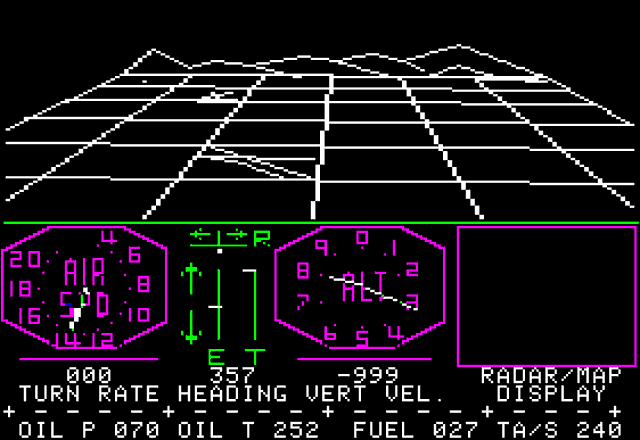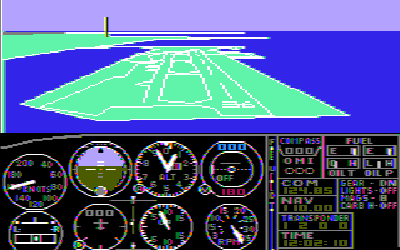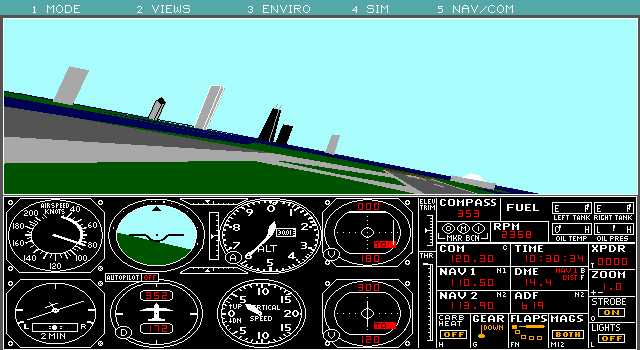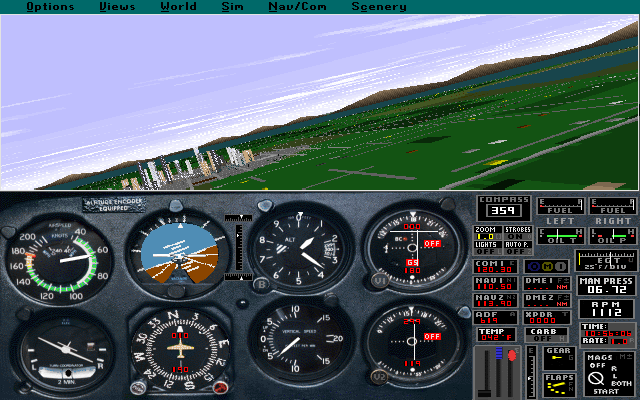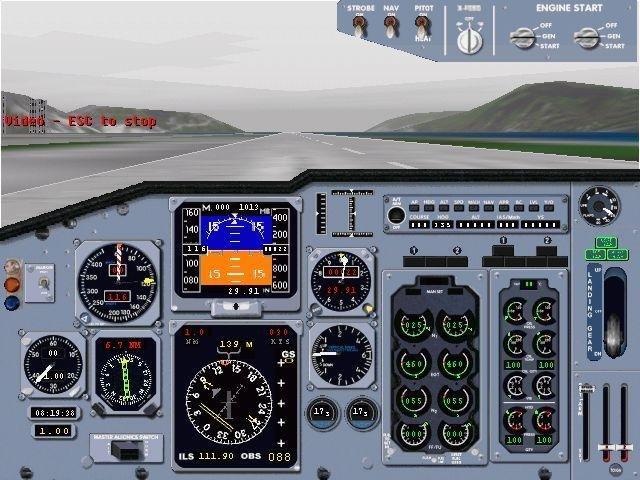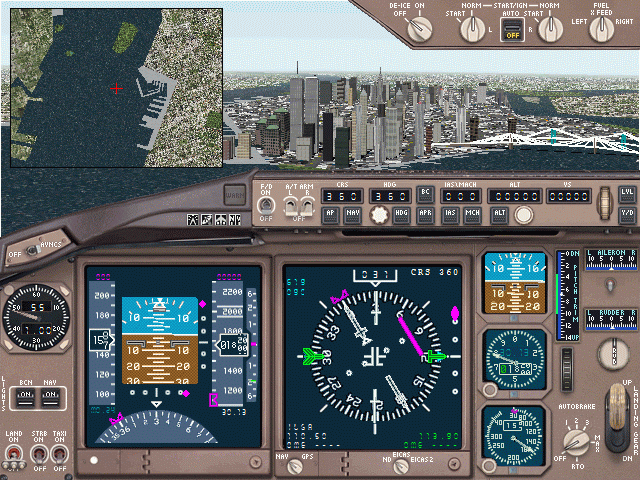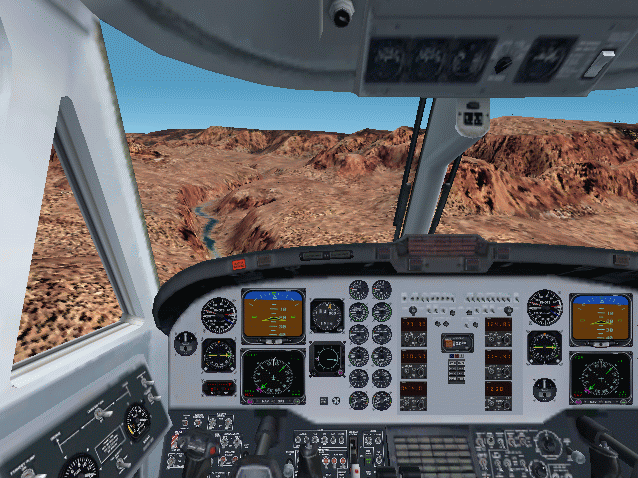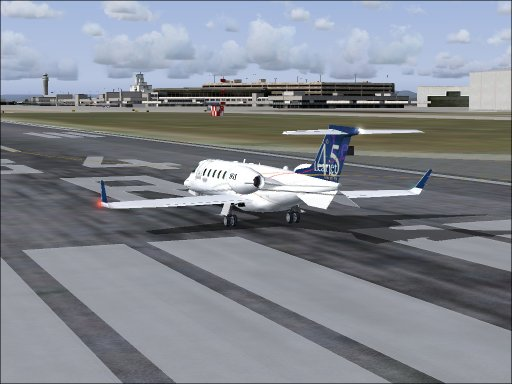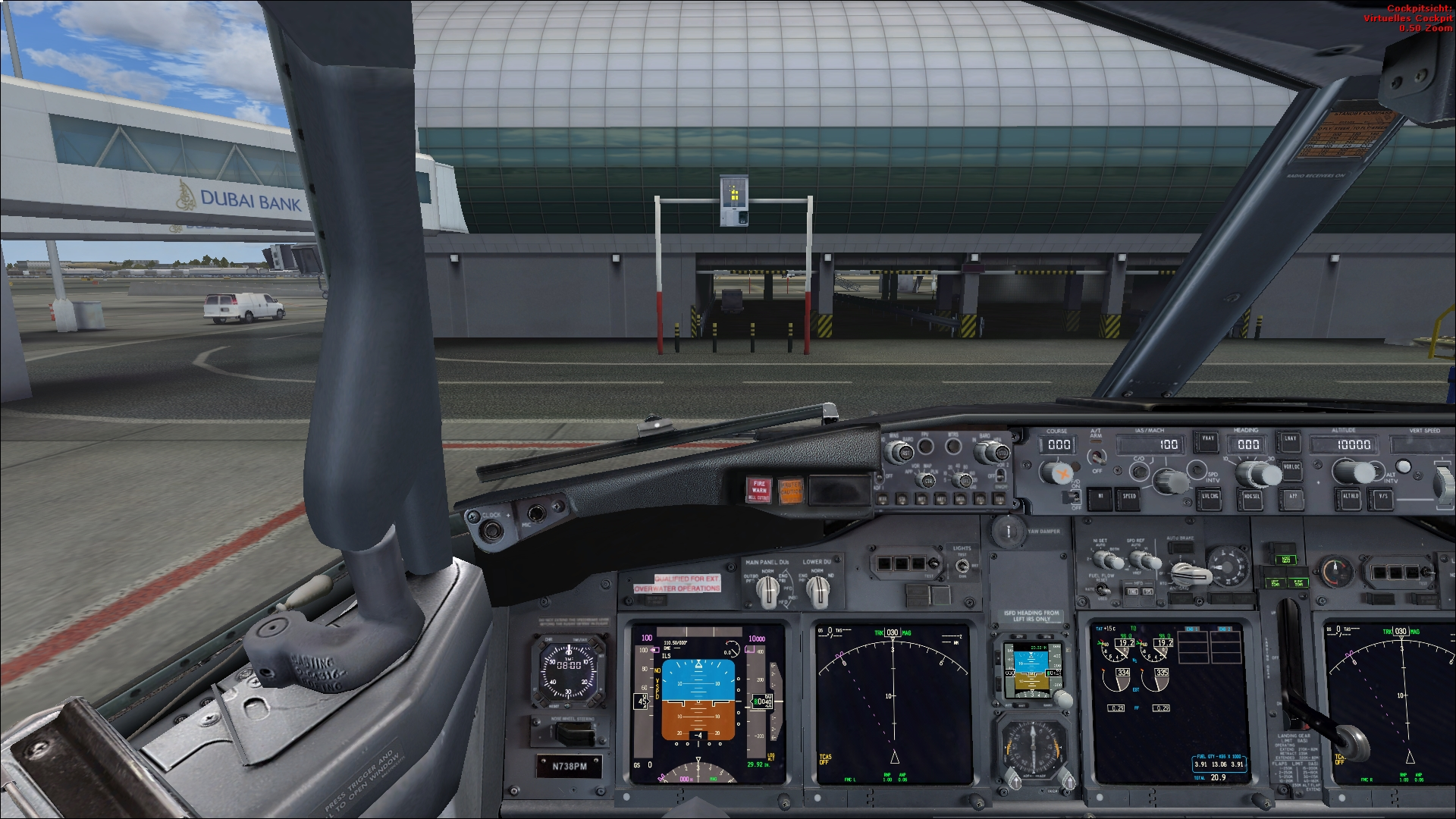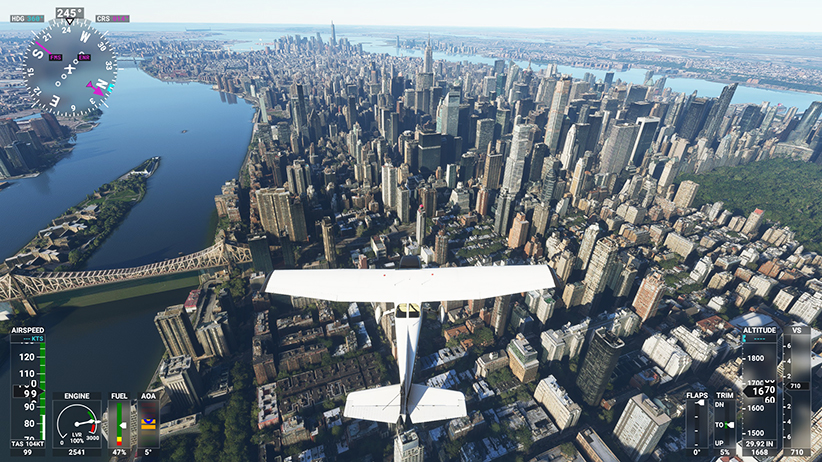Flight simulators for the aviation enthusiasts have evolved significantly over the past few decades. The first popular flight simulator, developed by Bruce Artwick, was released for the Apple II computer in 1979 by subLOGIC Corporation. The wireframe graphics, crude sounds, and basic flight model is laughable by today’s standards. However, given the home computer technology at the time, it was the best that’s practically available. People used their keyboard to fly in their simulator. When support for joysticks was available, they were limited to a basic 2-axis, 2-button option. Despite the lack of immersion, it was the closest way for many aviation enthusiasts of all ages to experience flight without spending thousands of dollars in flight school.
For those interested and for those wanting to relive their flightsim youth, please visit Sebastian Macke FSHistory GitHub page to play online for free the early versions of Microsoft Flight Simulator.
Forty years after the first simulator was released, Microsoft released Flight Simulator 2020 (FS2020) in August 2020. FS2020 offered world-wide photo-realistic terrain and detailed AI-generated buildings, trees, and other objects using Bing Maps satellite data. Aircraft have well-modeled cockpits and flight physics. It also includes real-time weather conditions, multiplayer support, and highly authentic airports, runways, and landing strips.
For the flight simulation enthusiasts that began their virtual flying experience from the 1980s, Microsoft FS2020 provides the photo-realism and near-realistic virtual flying experience many have waited a long time for. Combined with a virtual reality headset and advanced flight simulation hardware, FS2020 now offers the level of immersion, fidelity, and realism for many to experience flight as close to reality as possible right from their desk.
subLOGIC Flight Simulator
December 31, 1979subLOGIC Corporation was the first company to release the original Flight Simulator for the consumer market. It was developed for the Apple II and Radio Shack TRS-80 computer platforms. Despite the wireframe graphics, by 1981, Flight Simulator was the best selling title for Apple.
MS Flight Simulator 1.0
November 1982After gaining the license from subLOGIC, Microsoft improved on subLogic's version and released its own version of Flight Simulator for the Windows computer platform. Improvements to the simulation include support for colors, variable weather, and time of day.
While Microsoft worked on Flight Simulator for the IBM PCs and compatibles, subLOGIC continued development of their version into the mid-1980s for other computing platforms, such as the Atari 800 and the then popular Commodore 64 and Amiga.
MS Flight Simulator 2.0
May 1984Microsoft continued to improve the graphics, enhanced flight models for more realism, and added support for flying using a joystick or a mouse. Additionally, scenery coverage included the entire United States and Microsoft added the ability for subLOGIC scenery disks to be supported which will eventually expand scenery to include Hawaii, Japan, and parts of Europe.
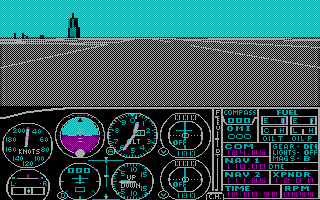
MS Flight Simulator 3.0
1988Continued improvements were made to the graphics, frame rates were increased, and external views and additional airports were added.

MS Flight Simulator 5.1
1995Starting with version 5.1, the game was distributed on CD-ROM disc (it was all on floppy disks prior to this version) as the game was becoming increasingly large. Flight Simulator 5.1 introduced satellite imagery used to draw the visual world, saw improvement in overall performance, and added various weather effects.
MS Flight Simulator for Windows 95
1996MS Flight Simulator 98
1997Flight Simulator 98 took advantage of 3D graphics cards to improve the look of terrain and objects. It also introduced multiplayer allowing you to fly with your friends. The number of airports were increased, aircraft specific sounds were introduced, and a helicopter, the Bell 206 JetRanger, became available for the first time.
MS Flight Simulator 2000
1999Flight Simulator 2000 brought significant improvements to the overall graphics and introduced rain and snow for the first time. However, this required an extremely powerful computer to enjoy with decent frame rates. Additionally, the Boeing 777 and Concorde were added to the aircraft line up and 17,000 new airports were introduced, for a total of over 20,000 airports worldwide.
MS Flight Simulator 2002
2001Microsoft continued to make improvements by introducing air traffic control (ATC) to communicate with airports, artificial intelligence-controlled aircraft, and further enhancements to the graphics and frame rate. Because of the terrorist attack on September 11, 2001, and to respect the victims, Microsoft removed the World Trade Centers (aka Twin Towers) from the simulation.
MS Flight Simulator 2004: A Century of Flight
2003The release of this version celebrated the 100th anniversary of the Wright Brothers first flight in 1903 at Kitty Hawk. This version included several historical aircraft, including the Douglas DC-3 and the Wright Flyer used by the Wright Brothers. Other new features include 3D clouds, improved weather engine, and true real-time localized weather conditions.
MS Flight Simulator X
2006Flight Simulator X (aka FSX) provided continued improvements to the graphics, higher resolution textures, better multiplayer support, and overall performance. The simulation now included up to 24 aircrafts (on the Deluxe Edition) and over 24,000 airports. And, unlike the previous versions, FSX now allows you to navigate through the great circle to fly close to and through the poles. FSX was released on DVD-ROM due to its large size.
Following the demolition of Meigs Field airport (ICAO: KCGX) in Chicago in 2003, Microsoft removed it from the simulation. Meigs Field had been the default airport for the Flight Simulator series until Flight Simulator 2004.
MS Flight Simulator 2020
August 18, 2020After Microsoft closed their Aces Game Studio (responsible for Flight Simulator) in 2009, there was uncertainty if PC flight simulation would continue to advance in the manner it had over the decades. However, to everyone's pleasant surprise, Microsoft released Flight Simulator 2020 (FS2020) with amazing features. The most notable is that the entire world is simulated through the use of Bing Maps satellite imagery and used artificial intelligence to analyze map data to generate photo-realistic buildings, terrain, and other objects. This level of graphical detail makes it possible to fly VFR (visually using landmarks) from one airport to another. Additionally, it features realistic, real-world, and real-time weather conditions, realistic physics, and well-modeled aircraft.
For the flight simulation enthusiasts that began their virtual flying experience from the 1980s, Microsoft FS2020 provides the photo-realism and near-realistic virtual flying experience many have waited a long time for. Combined with a virtual reality headset and advanced flight simulation hardware, FS2020 now offers the level of immersion, fidelity, and realism for many to experience flight as close to reality as possible right from their desk.

